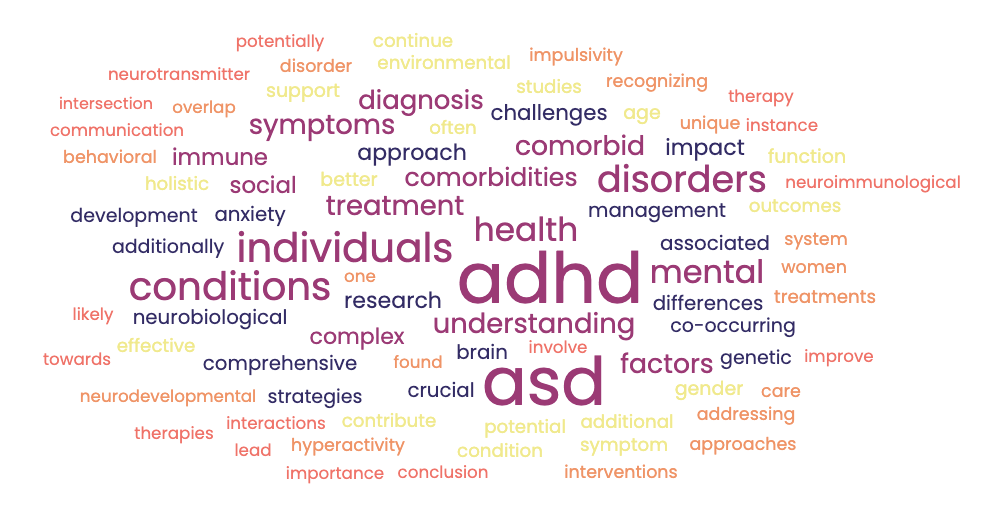Did you know that there is no such thing as a bad exercise? There are only bad applications of those exercises. A properly prescribed exercise routine should build you up, not break you down.
An important aspect exercise is the increase in the synthesis and secretion of endorphins into our blood stream. We all have these neat feel-good neurochemicals just waiting to be released. Virtually any form of exercise, from weight training to yoga, can act as a trigger point in the production of endorphins in your body, which, in turn, can improve mood states. (1) Mood states are dependent on endorphin synthesis and secretion. (2-4) It has been suggested that exercise strengthens the secretion of endorphin reducing symptoms related to anxiety and depression. (5) Two of the most common factors leading to the release of endorphins are stress and pain. According to the endorphins hypothesis, exercise augments the release of endogenous opioids in the brain when pain in experienced, leading to euphoria. (6)
Exercise is a form of physical stress, which we apply to our bodies in systematic ways. The second component, “pain”, is a very important factor when it comes to choosing the right exercise for you. Pain due to exercise can be placed into two categories and it is important to distinguish between the two types of pain in order to maintain safety. Are your muscles “screaming” or are they “singing?” Muscles that are “screaming” can be described experiencing as sharp, shooting, burning, or radiating pain. Muscles will scream during exercise when forced to move in a manner in which they have not been properly trained to do so. This could be due to using too much weight, doing too many repetitions or jumping into a routine without the proper warm-up and guidance. Any activity that makes you wince and want to stop immediately should not be ignored or worked through. Similarly, pain that interrupts your activities of daily living such as sleeping is also abnormal. Muscles that are “singing” tend to be working in conjunction with other muscles. Muscles work much better when they are integrated with the body, not isolated from other muscles. (7) The more muscles, joints, and planes of motion you exercise in, the happier your body will be. There is a healthy amount of soreness one should feel after performing a new or strenuous bout of exercise. This soreness is referred to as delayed onset muscle soreness (DOMS). The soreness is usually felt 24 to 72 hours after exercise. (8) DOMS can be greatly reduced or prevented by gradually increasing the intensity of a new exercise routine.
Questions to ask before getting started
When you first start your exercise program, you should set realistic goals for yourself. Write out a routine that is easy to follow and maintain for the first 4-weeks. When you start feeling comfortable with your routine, then you can start varying your exercise times and activities.
1. What physical activities do I enjoy? Exercising should be fun. If you enjoy the outdoors, include activities which will take place outside. If you do better in a structured setting, sign up for group classes. Joining a group exercise class is a great way to share the gift of fitness with those around you. Or you can exercise with a close friend or your partner. This is another way to benefit from the physical activity and emotional comfort, knowing that others are supportive of you.
2. Do I have time to start a new exercise program? We can all find time in our busy days to exercise. Make your exercise routine a priority. Schedule your exercise routine on your calendar just like you would for a dentist or doctor’s appointment.
3. Am I ready for change? With exercise come a number of changes. Number one, you will feel better about yourself. The second change, you will look better. And you will make new friends as you embark on your exercise journey. Exercise does not have to be monotonous. Make sure to add variety to your workouts. Exercise should be fun!
4. Do I have physical conditions that limit my choice of exercise? Our number one reason for not working out is, “I am not in shape.” We all have to start somewhere. You can do it. If you need help getting started, ask. Enlist the help of a professional if you need help. There are plenty of qualified Personal Trainers with a variety of training options to get you started. Have them help you set up a game plan to get you going.
5. What goals do I have in mind? Your exercise routine should prepare your body for the activities you perform on a daily basis. Think in terms of, how this exercise will help me participate in a specific sport, run, walk, daily chores, play with my kids, etc.
6. How often should I exercise? The goal is to work out 4 to 5 times per week. Each exercise bout should last a minimum of 30 minutes. If you have not worked out in over 6 months start with exercising last at least 20 to 30 minutes, three times a week.
7. Which exercises should I start with? Start with bodyweight exercises. As you feel more comfortable and are able to get through the exercises with ease, only then should you add external weight to your workout. Make sure you are able to go through the full range of motion and do so in a safe and effective manner. Remember that starting an exercise routine is about setting yourself up to succeed not fail. Work on your strengths and slowly build up your areas of weakness. Before you know it, you will have those feel good endorphins going and you will be well on your way to a healthy mind, body and spirit.
Marko Sanchez, CSCS
Certified Strength and Conditioning Specialist
Marko Sanchez is a graduate of the University of California Los Angeles (UCLA) where he earned his undergraduate degree in Physiological Science. Since returning home from Los Angeles, Marko has worked in various physical therapy settings as a physical therapy aide, personal trainer, and sports performance coach. Marko received his Certified Strength and Conditioning Specialist certification from the National Strength and Conditioning Association (NSCA) in 2001. He is a student of the training and conditioning system developed by internationally renowned physical therapist, Gary Gray, known as the “Father of Function.”
Function Factory’s mission is to work with health-minded individuals to help them achieve their potential, whether it is recovering from an injury, reaching fitness goals, or generally improving their wellness. At Function Factory, they employ a personalized, whole body approach to exercise that fits your lifestyle.
REFERENCES
1. Dinas PC, Koutedakis Y, Flouris AD (2011). “Effects of exercise and physical activity on depression”. Ir J Med Sci 180 (2): 319–325.
2. Fichna J, Janecka A, Costentin J, Do Rego JC (2007) The endomorphin system and its evolving neurophysiological role. Pharmacol Rev 59(1):88–123
3. Stein DJ, van Honk J, Ipser J, Solms M, Panksepp J (2007) Opioids: from physical pain to the pain of social isolation. CNS Spectr 12 (9):669–670, 672–664
4. Vaccarino AL, Olson GA, Olson RD, Kastin AJ (1999) Endog- enous opiates: 1998. Peptides 20(12):1527–1574
5. Cox RH (2002) Sport psychology: concepts and applications. McGraw-Hill Publishers, St. Louis, MO
6. Grisel JE, Bartels JL, Allen SA, Turgeon VL (2008) Influence of beta-endorphin on anxious behavior in mice: interaction with EtOH. Psychopharmacology (Berl) 200(1):105–115
7. McFarland, M.D.. Cosgarea, Andrew, M.D..”What is the difference between “good” pain and “bad” pain?” Johns Hopkins Medicine Web. 05 Jan. 2014
8. Nosaka, Ken (2008). “Muscle Soreness and Damage and the Repeated-Bout Effect”. In Tiidus, Peter M. Skeletal muscle damage and repair. Human Kinetics. pp. 59-76







